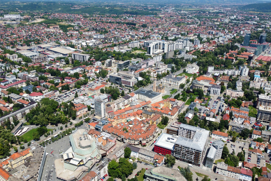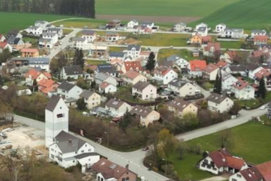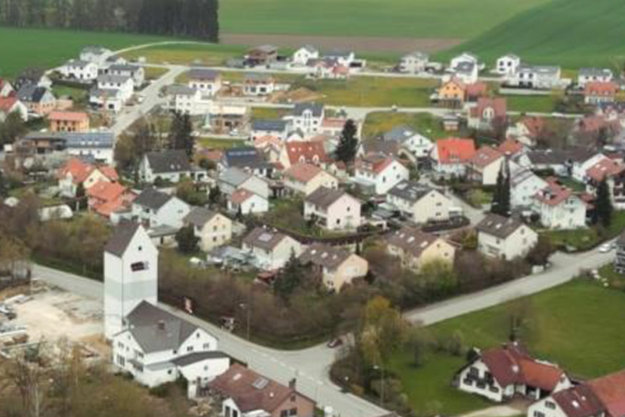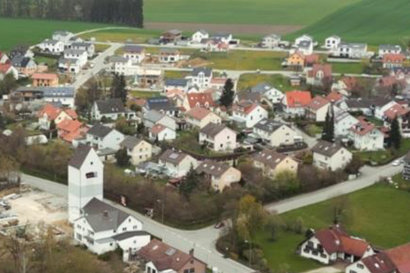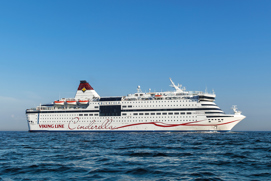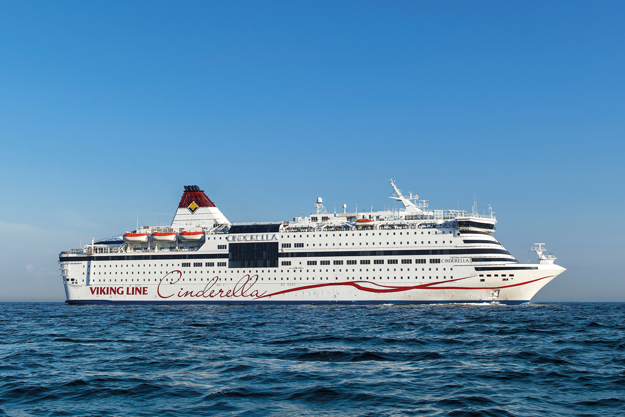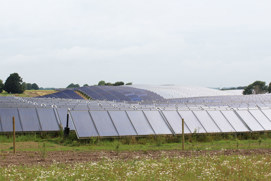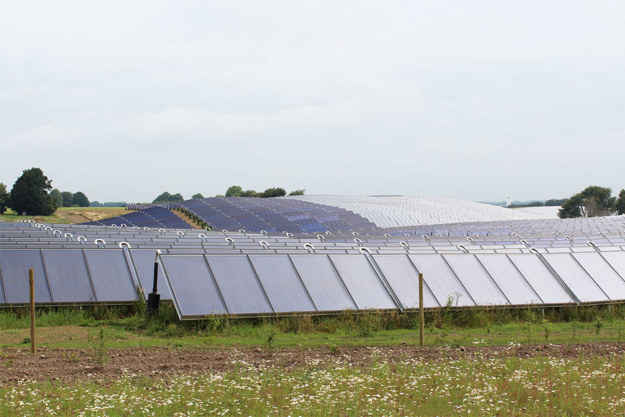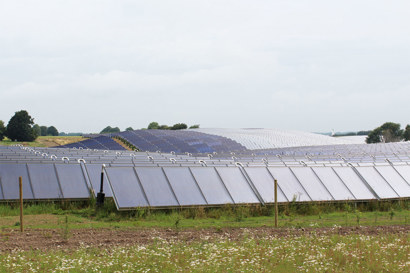Electronic controllers (ECL) are intelligent temperature regulators for district heating and domestic hot water systems. By means of weather compensation and application keys, they can be adapted to a variety of district heating systems, ensuring a high level of comfort and optimum energy utilisation.
The range covers very simple electronic controllers with traditional analog operation as well as advanced electronic controllers with a fully digital interface.
A common feature of all controllers is that they are easy to operate. The more advanced controllers of the ECL Comfort range use intelligent USB-key technology and the illustrations of the graphical display on the controllers make it simple to get a quick overview of the system.
With the ECL controller or ECA remote control unit, all navigation and interaction take place by turning and pushing the dial on the front panel. All menus and system data readings are shown on the graphic display in your native language, and the logical menu structure makes operation smooth and intuitive.
There are no blinking lights or arrays of buttons and switches, but the possibilities are unlimited. This ensures correct commissioning and easy day-to-day operation, which in turn leads to optimum comfort and reliability.
Features and benefits
Electronic heating controller enables you to save on installation and commissioning time, reduce unplanned maintenance, benefit from a shorter learning curve and reduce energy consumption
Easy installation and commissioning with a range of ECL Application Keys
11 - 15%, or more, savings on your energy consumption in the building, as well as reduced CO2 emissions.
Software
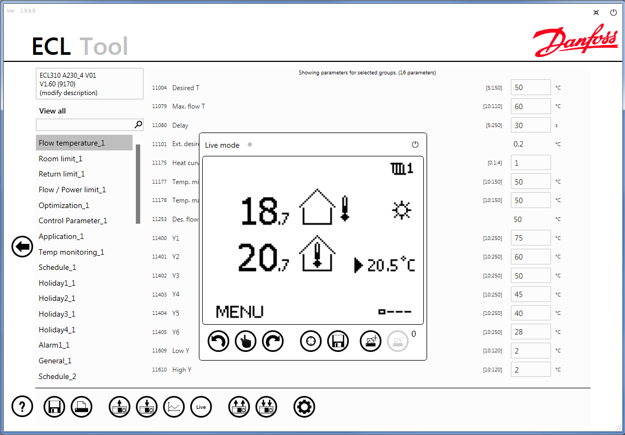
Tools and apps
Software tools
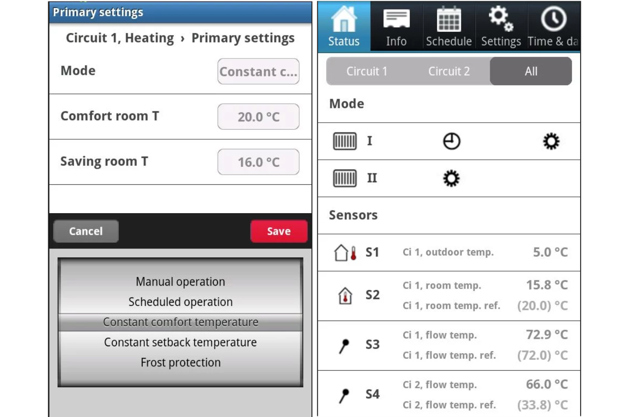
FAQ
Case studies
-
if (isSmallPicture) {


 Danfoss partners with the city of Banja Luka to decarbonize district energy
Danfoss partners with the city of Banja Luka to decarbonize district energyThe Challenge: Renovate 34 of the city’s largest heating substations
The Solution: Danfoss Leanheat® Monitor enables full substation digitalization
The Results: reduced heat consumption by 10% -
if (isSmallPicture) {


 Successful transition from oil boilers to a local heating network in Eurasburg
Successful transition from oil boilers to a local heating network in EurasburgIn the Wittelsbacher Land near Augsburg the local network in Eurasburg supplies heat to 80 buildings using a wood chip heating system. Danfoss’ substations ensure efficient heating in all building types, and its modern SCADA solution enables remote system monitoring and management.
-
if (isSmallPicture) {


 Leanheat makes buildings smart
Leanheat makes buildings smartIn Europe, 30 percent of all energy consumption goes to heat or cool buildings. Danfoss has the solution to lower energy usage and improve indoor climate by adding a digital element: Leanheat software.
-
if (isSmallPicture) {


 MS Cinderella saves more than 1000 tpa marine diesel with new ventilation control
MS Cinderella saves more than 1000 tpa marine diesel with new ventilation controlAboard the Viking Lines cruise ship M/S Cinderella, Danfoss AC variable speed drives are delivering fuel savings so large that the cost of installing the drives will be fully recovered in less than eighteen months.
-
if (isSmallPicture) {


 Solar heating plant reduces CO2 emissions by 15,700 tonnes annually
Solar heating plant reduces CO2 emissions by 15,700 tonnes annuallyThe world’s largest solar heating plant in Silkeborg, Denmark harnesses energy to heat the homes and workplaces of 40,000 citizens. It supplies 18-20% of the annual heat consumption in the city of Silkeborg, Denmark, which has an ambitious target of CO2 neutrality in heat production by the year 2030.
-
if (isSmallPicture) {


 Heating facility reconstruction in Kopaonik mountain resort, Serbia
Heating facility reconstruction in Kopaonik mountain resort, SerbiaBuilding: Hotel
Application: Hydronic balance, control and monitoring of a heating system
Challenge: Improve the energy efficiency of old heating system
Solution: Danfoss installed motorized control valves, hydronic balancing valves and electronic controllers with monitoring software


